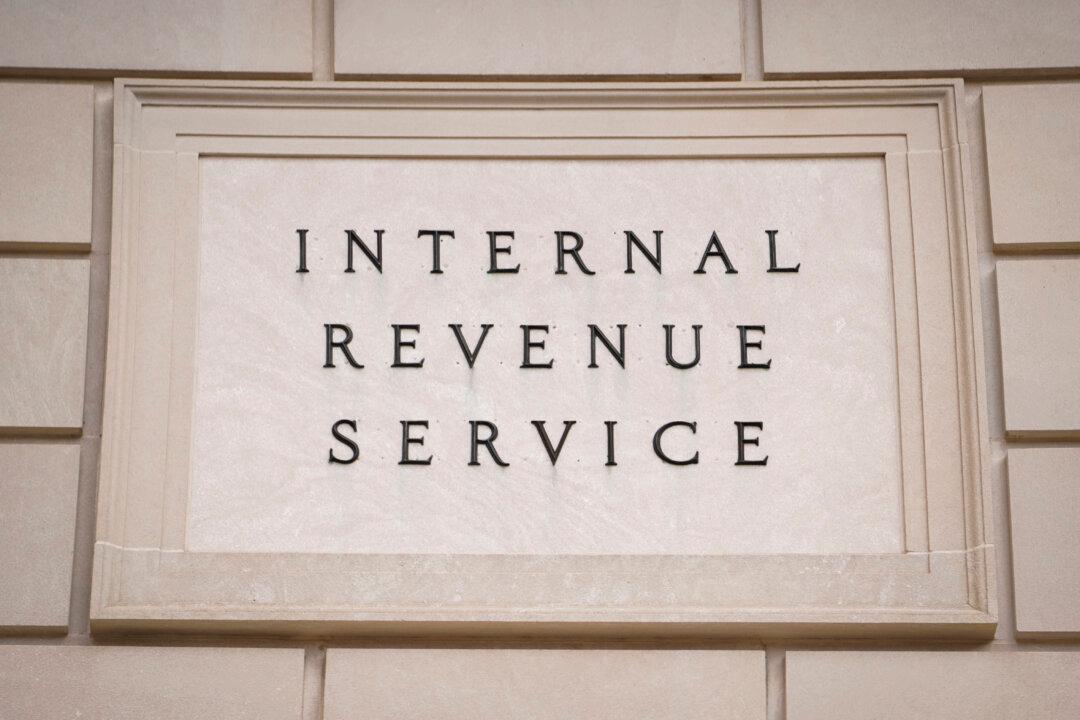News Analysis
Americans can look forward to potentially paying lower taxes and benefit from higher paychecks this year due to some of the changes implemented by the Internal Revenue Service (IRS).

Americans can look forward to potentially paying lower taxes and benefit from higher paychecks this year due to some of the changes implemented by the Internal Revenue Service (IRS).